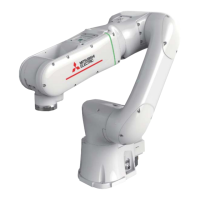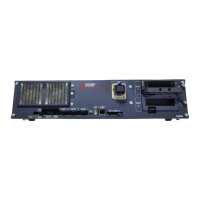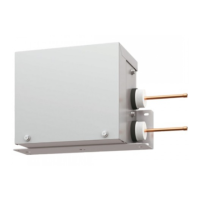1 FUNCTIONS AND CONFIGURATION
1-6 Specifications
1.4 Specifications
Table 1-4 Specifications
The function electrically shuts off the driving
energy to the motor of the robot arm.
The driving energy to the motor is shut off,
which means that safety is ensured.
Corresponds to
stop category 0
The function to control and decelerate the
motor speeds of the robot. After stopping,
the robot transitions to the STO state.
Corresponds to
The function to control and decelerate the
motor speeds of the robot. After stopping,
the robot transitions to the SOS state.
Corresponds to
Without shutting off the driving energy to
the motors, this function monitors the robot
so that it stays at rest.
compliant
This is a function to monitor each part of the
robot arm so that their speeds do not
exceed monitoring speeds.
compliant
The function monitors specified monitoring
positions so that they do not go across
position monitoring planes.
compliant
function
This function performs safety
communication with the safety
programmable controller using functional
safety-compatible protocols. Input signals
are used to switch the safety monitoring
function, and output signals are used to
output the status of the safety monitoring
functions.
When the safety communication function is
enabled, the following safety monitoring
functions are available.
SS1 (STO), SS2 (SOS), SLS, SLP
compliant
communication
function
CC-Link IE TSN (CR800-R/CR860-R
controllers)
TSN
Local station (safety station)
Safety communication possible with the
MELSEC iQ-R series safety CPU module
CC-Link IE Safety Protocol Ver.2
Passive (safety connection established
from the communication destination)
Maximum number of
safety connections
7.11 ms (safety cycle time)
performance
EN ISO 13849-1:2015
IEC 61508-1:2010
IEC 61508-2:2010
IEC 61508-3:2010
EN 61800-5-1:2007/A1:2017
EN 61800-5-2:2017
IEC 61326-3-1:2017
EN 60204-1:2018

